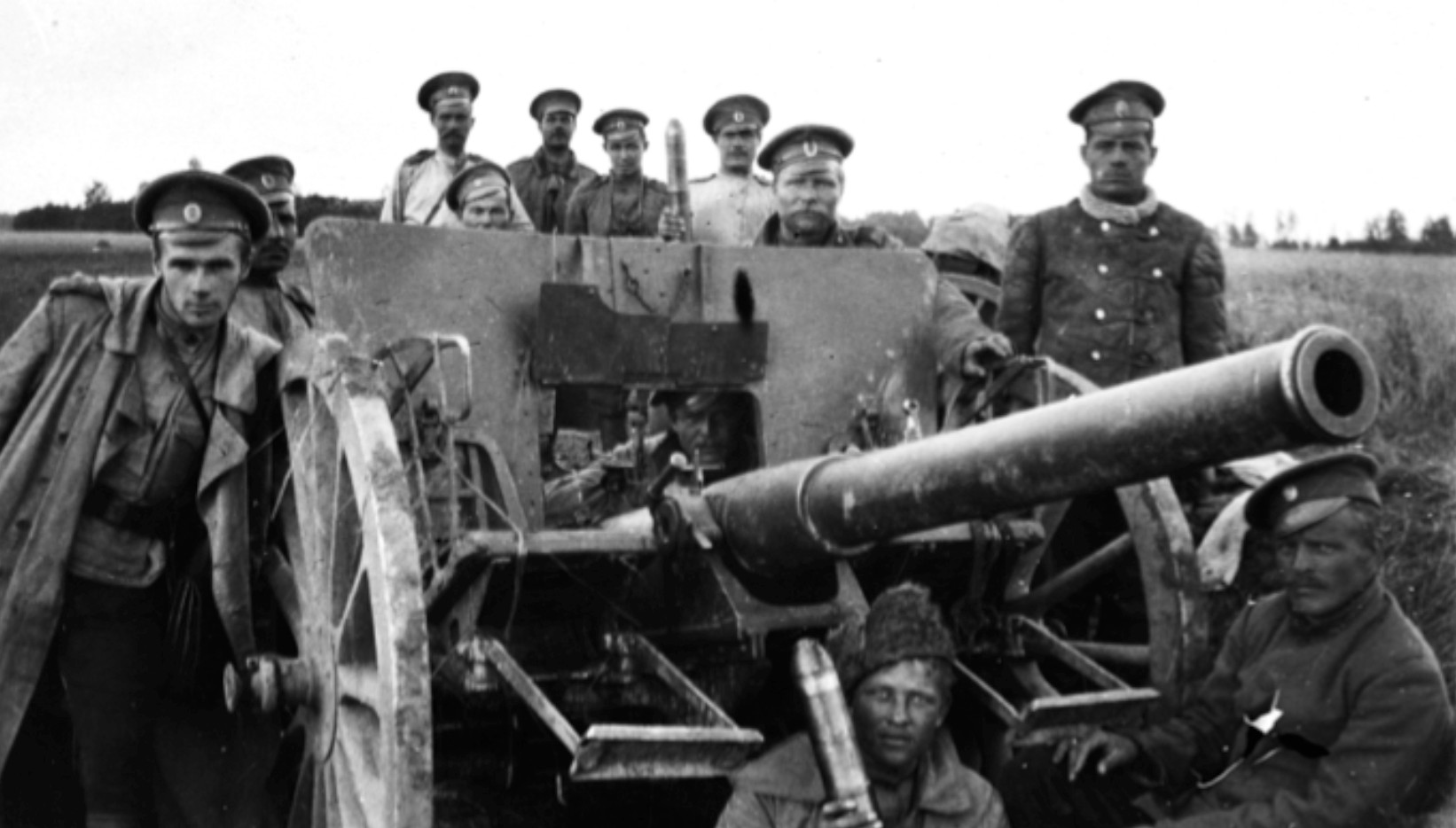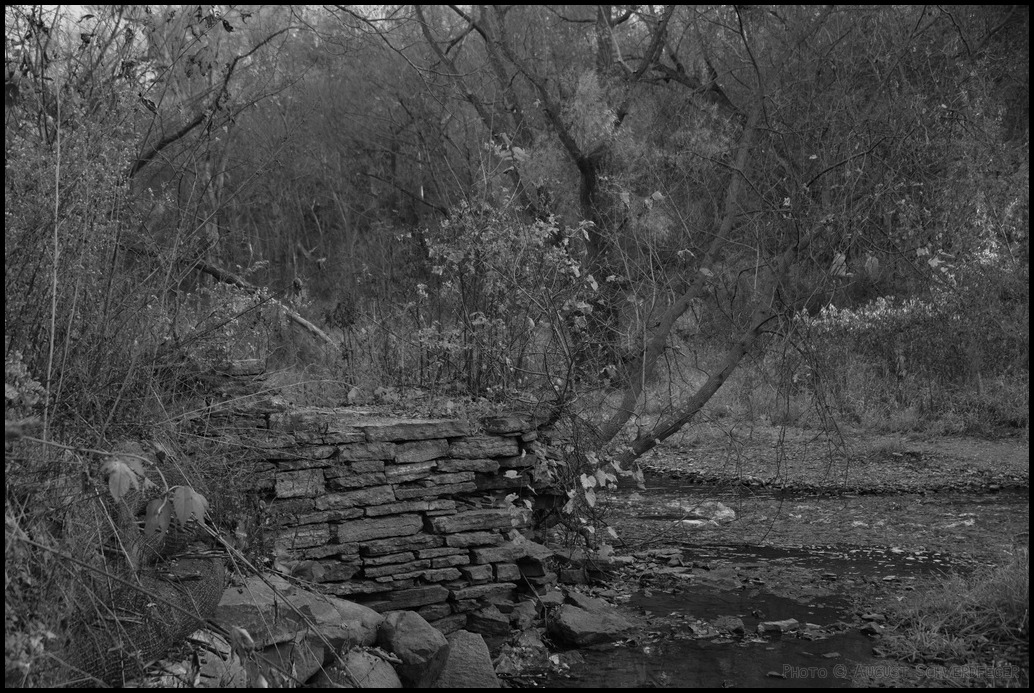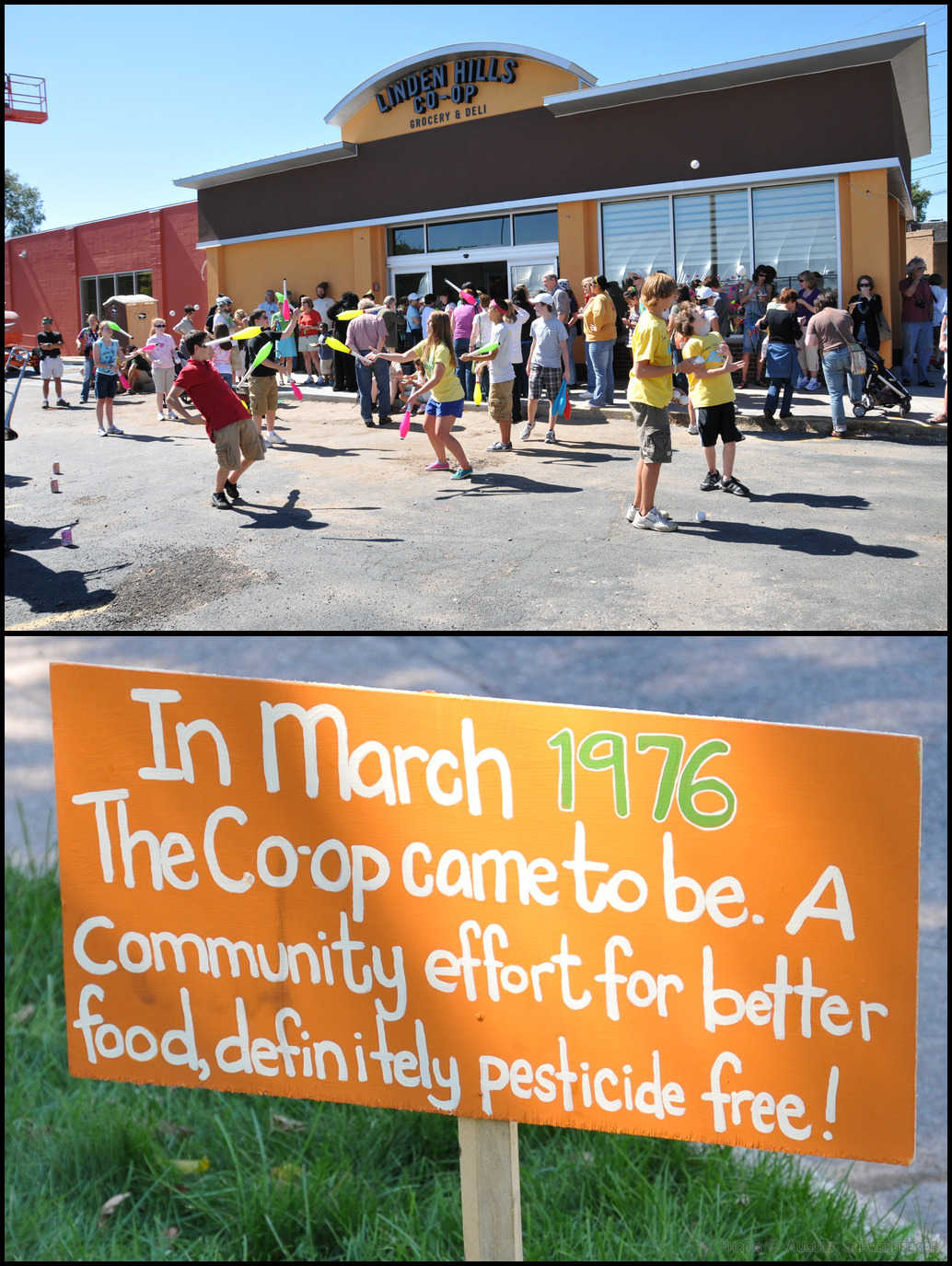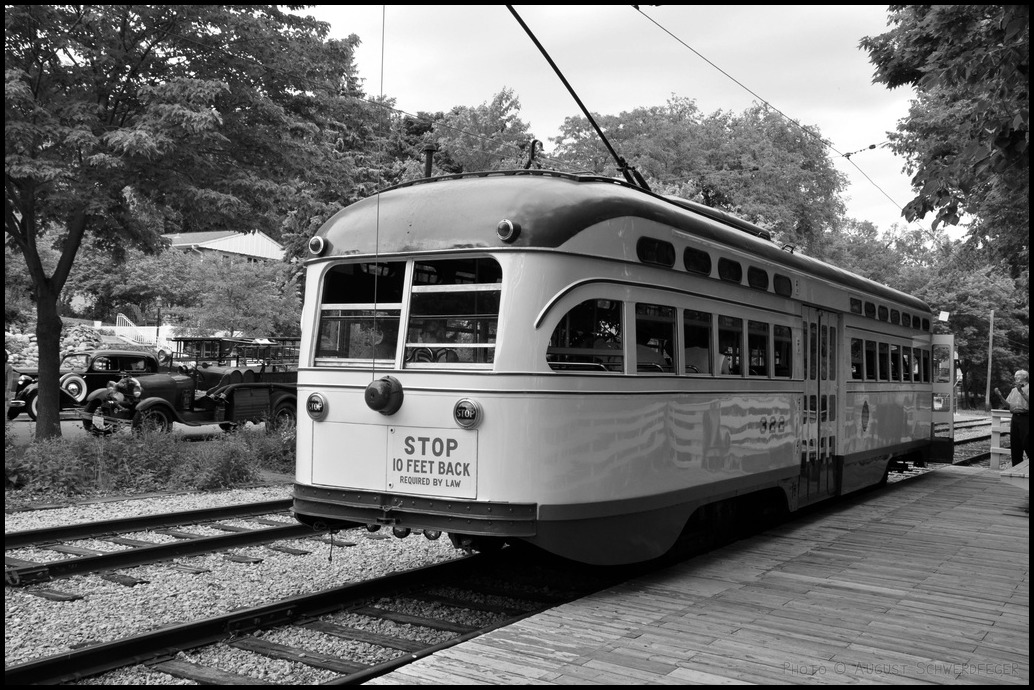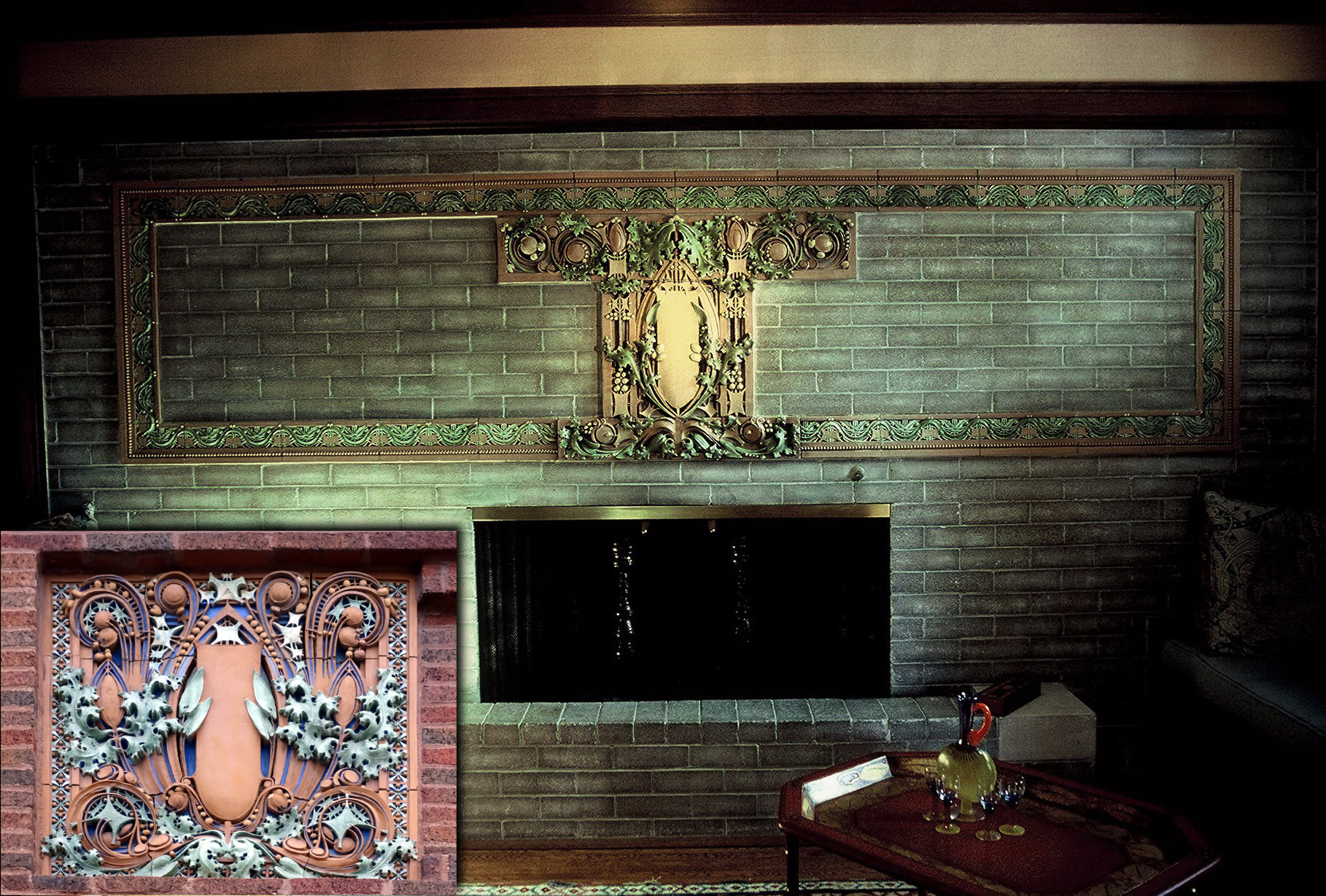Faces of War: Russia in World War I
The Museum of Russian Art 5500 Stevens Ave. S., Minneapolis, MN, United StatesJoin us for a tour of Faces of War: Russia in World War I (1914-1918) at The Museum of Russian Art (TMORA). This major exhibit includes collections from Armenia, Russia, Ukraine, Belarus, Serbia, Germany, and the United States. It highlights the fate of the soldiers and officers who fought in World War I. The war […]

